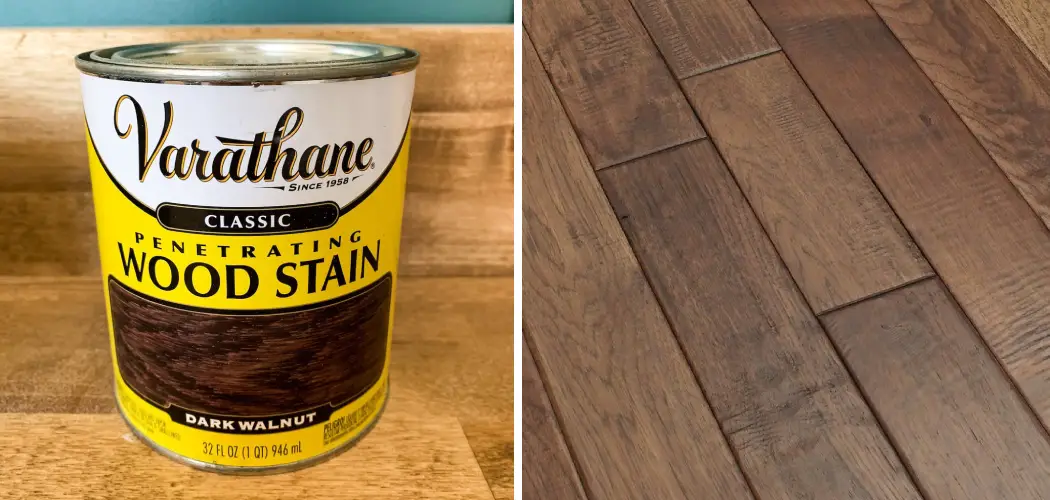When it comes to outfitting your home, there are few upgrades more impactful than replacing your floors. If you’re looking for an upgrade with a timeless aesthetic and easy maintenance, hardwood floors may be the perfect option. But once you decide on hardwood floors for your space, there are still many factors to consider.
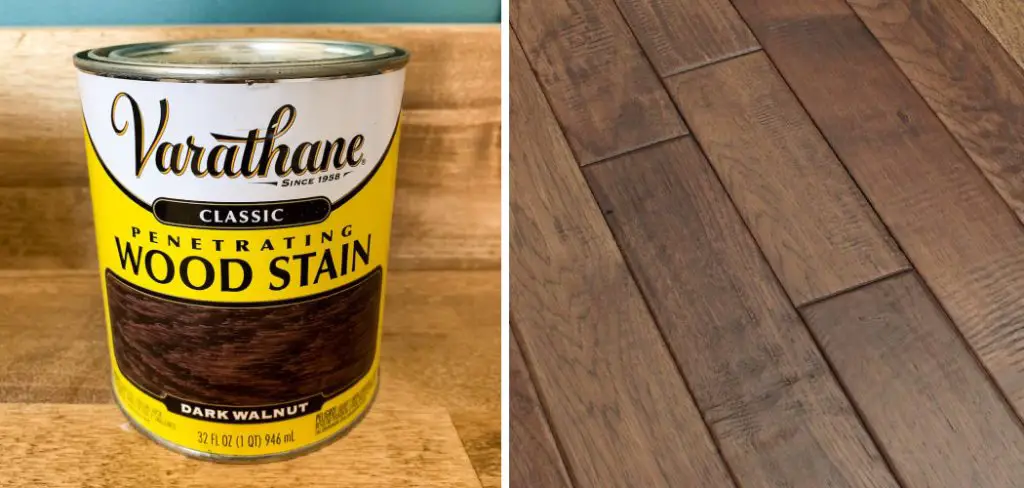
One of the most important choices is deciding what stain will best complement your particular flooring material and the surrounding decor in each room of the house. With so many different colors and finishes available these days, selecting a stain can seem overwhelming – but don’t worry!
We’ve got all of the information needed to help guide you through this process of how to choose stain for hardwood floors so that you can pick just the right one for your new or refinished hardwood flooring.
Step-by-step Guidelines on How to Choose Stain for Hardwood Floors
Step 1. Understand the Wood Species
Before you can choose a stain, it’s important to understand the characteristics of the wood species that you have in your home. Different types of wood have different levels of natural colors and undertones, which will affect how the stain looks on them.
For example, oak has a prominent grain pattern that can be accentuated with lighter stains, while cherry is a much darker wood with red undertones that may require a darker stain to achieve the desired color. Knowing your wood species will help you select a stain that will enhance its natural beauty and not work against it.
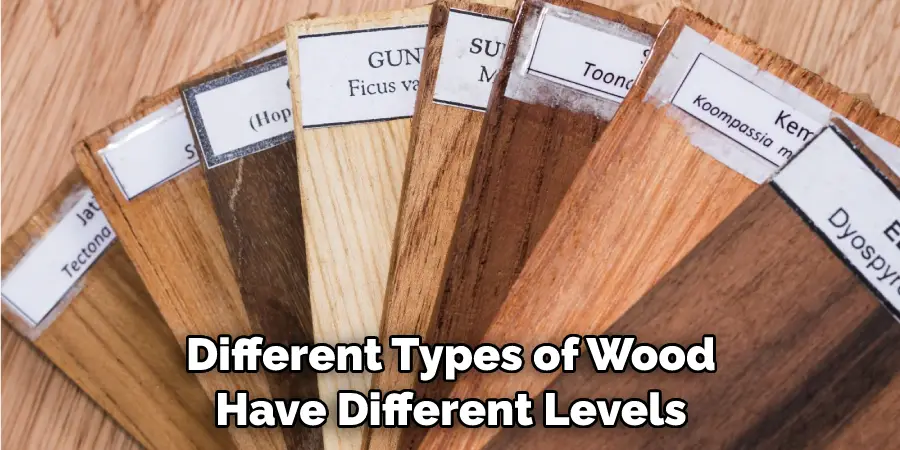
Step 2. Determine Your Desired Color
Once you have identified the type of wood in your home, think about what color you want for your floors. Are you looking for a light, natural look, or do you prefer darker tones? Do you want a rich, warm hue or something cooler and more modern? There are many different colors of stains available, from traditional golden oak to espresso brown to gray tones. Consider your personal style and the overall aesthetic of your home when choosing a stain color.
Step 3. Consider the Lighting in Your Space
The amount and type of natural or artificial lighting in your home can greatly affect how a stain appears. Be sure to take note of the lighting conditions in each room where you will be staining hardwood floors. If you have a lot of natural light, it may be best to go with a darker stain as the light can often bleach lighter stains over time. On the other hand, if your space has limited natural light, a lighter stain may be a better choice to brighten up the room.
Step 4. Test Samples
Before committing to one specific stain color, it’s always a good idea to test samples on your actual hardwood floor. This will give you a more accurate representation of how the stain will look in your space. Apply a few different stains to small areas of the floor and let them dry completely before making your final decision. Additionally, you can also test variations in drying time, as some stains may appear darker when applied with longer drying times.
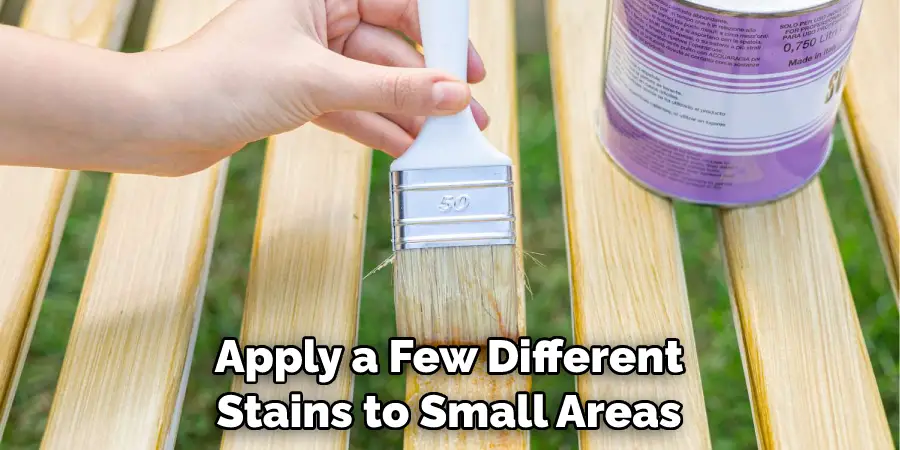
Step 5. Consider Your Maintenance Preferences
Different types of hardwood flooring will require different levels of maintenance, depending on the stain color and finish. Darker stains tend to show scratches and dust more easily, while lighter stains may require more frequent cleaning to maintain their brightness. Be sure to factor in your personal maintenance preferences when selecting a stain color.
Step 6. Consult a Professional
After you’ve done your homework, it’s wise to consult a flooring professional. Their seasoned expertise can provide insights that you may not have considered. They can advise on the durability of certain stains, the best brands to use, and even forecast the long-term maintenance based on your lifestyle and needs.
While the final decision is yours, a professional’s opinion can guide you towards a choice that will both satisfy your style preference and withstand the test of time.

Step 7. Make Your Final Decision
With all these factors in mind, you’re now ready to make your final decision. Remember, the goal is to select a stain that enhances your hardwood floor, fits well within your space, aligns with your aesthetic preferences, and can be maintained according to your lifestyle. Your hardwood floor is an investment that should bring you joy and comfort for many years to come.
Folllowig these seven steps will help you navigate how to choose stain for hardwood floors and ensure that your final decision is one that you’ll be happy with. Remember, don’t rush through the process – take your time to find the perfect stain for your home.
With the right color and finish, your hardwood floors will not only add beauty and value to your space but also provide a warm and inviting atmosphere for you and your loved ones to enjoy. So go ahead, choose a stain that speaks to you and make your hardwood floors truly shine!
Additional Tips and Tricks to Choose Stain for Hardwood Floors
- Before choosing the stain color, take a good look at your hardwood floor’s natural color. This will help you determine what shade of stain would complement it best.
- Always test the stain color on a small, inconspicuous area before applying it to the entire floor. This will give you an idea of how the stain will turn out.
- Keep in mind that different types of wood absorb stain differently, so the same color may look slightly different on different types of wood.
- Consider the lighting in your room when choosing a stain color. Natural light will make the stain appear lighter while artificial light may make it look darker.
- Stain can be mixed with water or mineral spirits to dilute the color and achieve a lighter shade. This is useful if you find that the stain you chose is too dark for your liking.
- If you have pets or young children, consider using a darker stain or one with more pigment. This will help hide scratches and marks that may occur over time.
- Don’t be afraid to ask for advice from professionals at your local hardware store or consult with an interior designer. They can offer valuable insights and recommendations based on their experience.
- Lastly, don’t forget to properly prepare your hardwood floors before staining by sanding and cleaning them thoroughly. This will ensure that the stain applies evenly and creates a smooth finish.
- Remember, choosing the right stain for your hardwood floors is a personal decision and there is no right or wrong answer. Consider your preferences, style, and lifestyle before making a final choice.
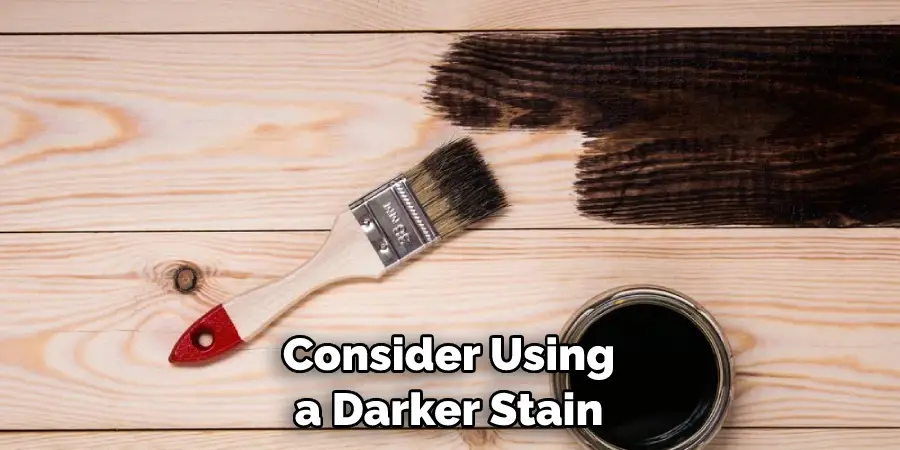
These additional tips and tricks can help make the process of choosing stain for your hardwood floors a little less daunting and more enjoyable. With proper preparation, testing, and consideration, you can achieve the perfect shade that will enhance the natural beauty of your hardwood floors and complement your home’s overall aesthetic.
Don’t be afraid to experiment and have fun with the process! So go ahead, get creative and give your hardwood floors a new and refreshed look. Happy staining!
Things You Should Consider to Choose Stain for Hardwood Floors
1. Wood Species:
The type of wood you have will greatly affect the way different stains appear. Some wood species are more porous, meaning they will absorb a lot of stain, while others are less porous and absorb less stain. To get the desired color and finish, it’s important to choose a stain that works well with your specific wood species.
2. Natural Color of the Wood:
Another important factor to consider is the natural color of your wood. Some wood species have a naturally darker or lighter tone, which can affect how the stain will look on them. It’s best to choose a stain that enhances and enriches the natural color of your wood, instead of trying to completely change it.
3. Room Lighting:
The lighting in the room where your hardwood floors will be installed is also an important factor to consider when choosing a stain. Natural light, artificial light, and even the direction of the windows can all affect how the stain looks on your floors. If your room doesn’t get much natural light, you may want to choose a lighter stain to avoid making the space look too dark.
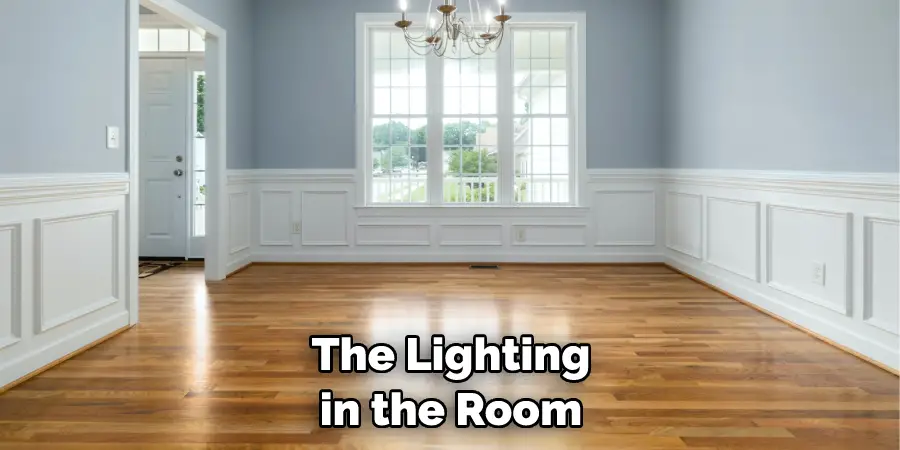
4. Desired Finish:
The type of finish you want for your hardwood floors will also play a role in choosing the right stain. Stains come in different sheens, from matte to glossy, so it’s important to consider how much shine you want on your floors. Additionally, some stains come with protective top coats while others require a separate application of a sealant. Consider the level of maintenance you’re willing to do and choose a stain that fits your desired finish.
5. Test Samples:
Before making a final decision, it’s always recommended to test out different stain samples on your actual hardwood floors. This will give you a better idea of how the stain will look on your specific wood species and in the lighting of your room. It’s also a good opportunity to see how different stains interact with any existing finishes or coatings on your floors.
Following these considerations will help you choose the perfect stain for your hardwood floors, resulting in a beautiful and durable finish that enhances the natural beauty of your wood. Remember to take your time and do thorough research before making a decision. Happy staining!
Frequently Asked Questions
What is the Difference Between Water-based and Oil-based Stains?
Water-based stains are usually made with water as the main solvent, while oil-based stains use mineral spirits or other petroleum-based solvents. This affects their drying times – water-based stains dry faster than oil-based ones. They also have different odor levels, with water-based being less harsh in terms of smell. Finally, the color options are also slightly different, with oil-based stains having a wider range of colors due to their ability to penetrate deeper into the wood fibers.
Which Type of Stain is Better for Hardwood Floors?
The better option ultimately depends on your personal preferences and needs. Water-based stains tend to be more environmentally friendly and easier to clean up. They also tend to show the natural grain of the wood better, giving a more vibrant and visible finish. Oil-based stains, on the other hand, are generally considered more durable and long-lasting. They also have a warmer color tone that some people prefer for their hardwood floors.
How Do I Choose the Right Color Stain?
Choosing stain color can be a daunting task, but there are a few things you can consider to help make the decision easier. First, think about the overall aesthetic and style of your home – do you want a traditional or modern look?
Next, consider the type of wood used for your floors and how it will interact with different stain colors. It’s also helpful to test out small samples on a piece of scrap wood to see how the color looks in different lighting. And don’t be afraid to ask for advice from professionals or family and friends who have experience with staining hardwood floors.
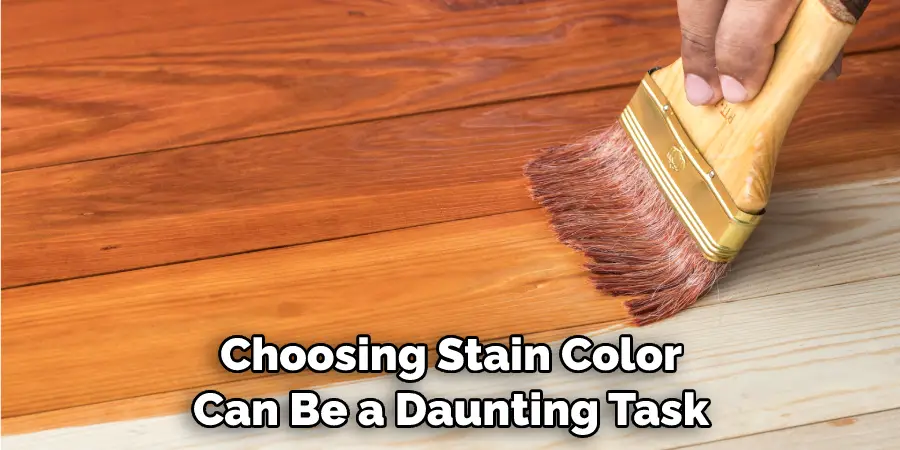
Conclusion
All in all knowing how to choose stain for hardwood floors can be a valuable skill for homeowners looking to update their floors. By understanding the differences between water-based and oil-based stains, considering personal preferences, and testing out colors, you can achieve a beautiful finish that will last for years to come. And remember, when in doubt, it’s always best to consult with professionals who have expertise in this area. Happy staining!

